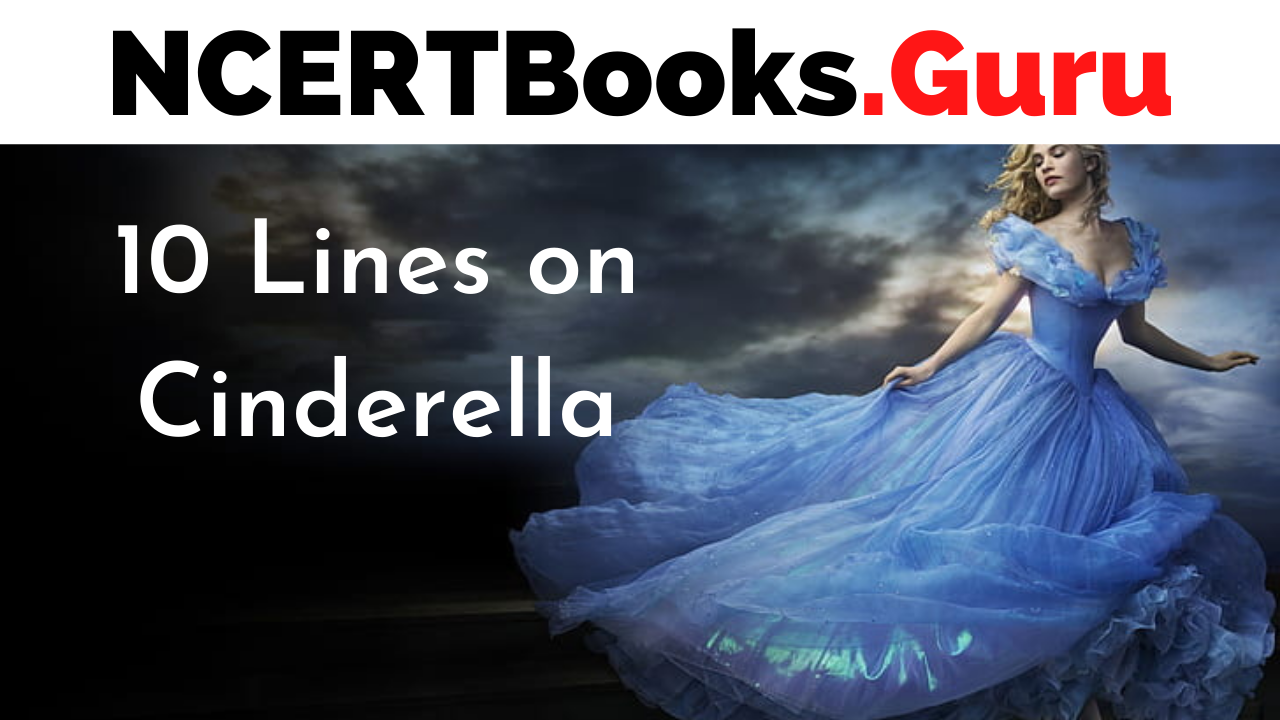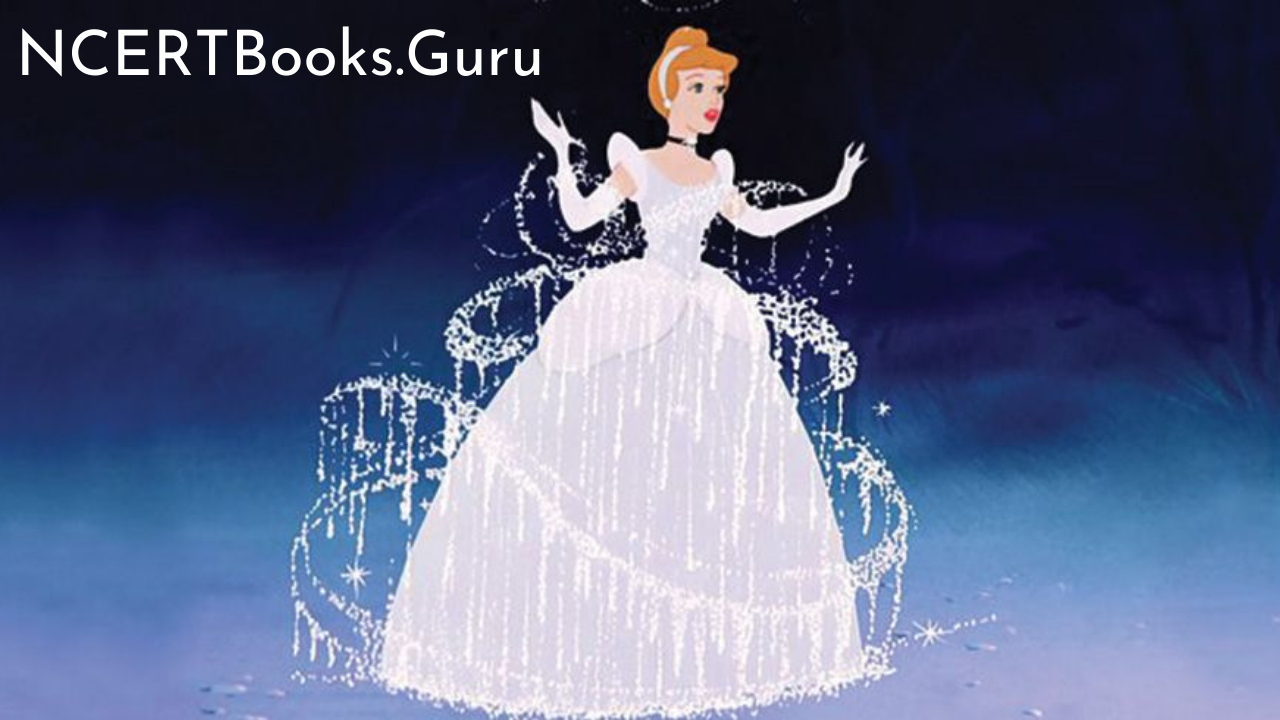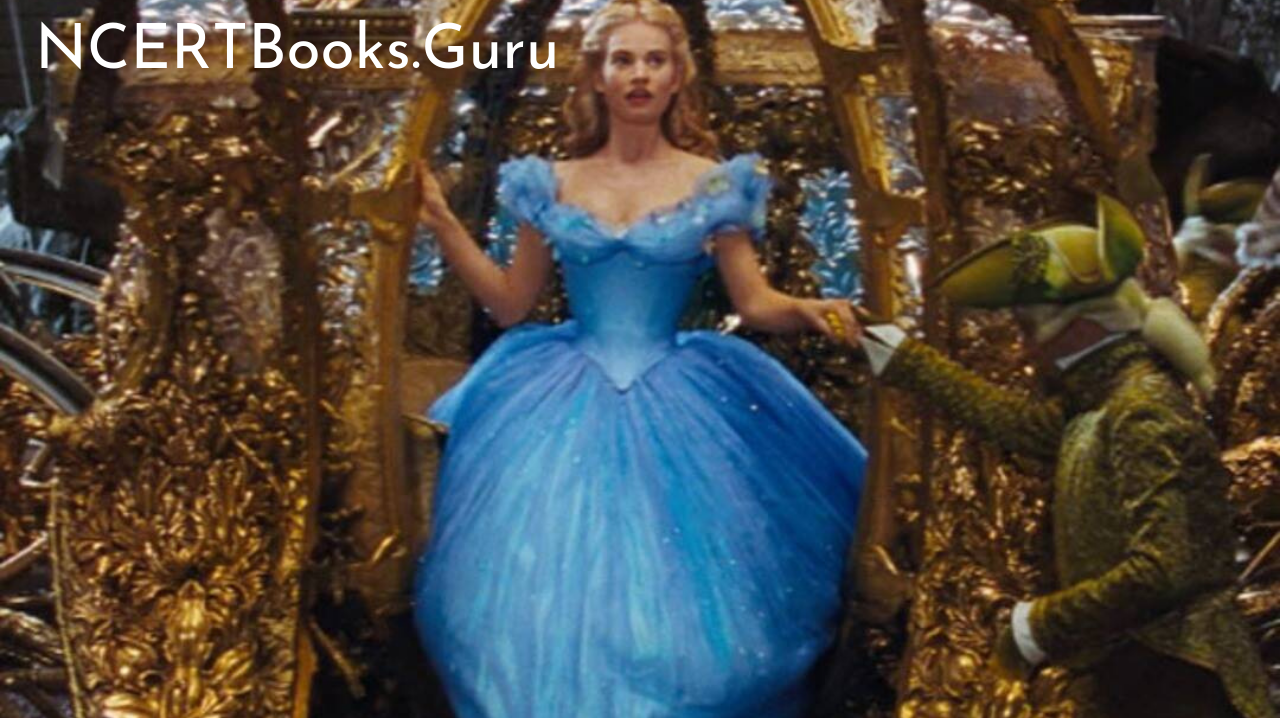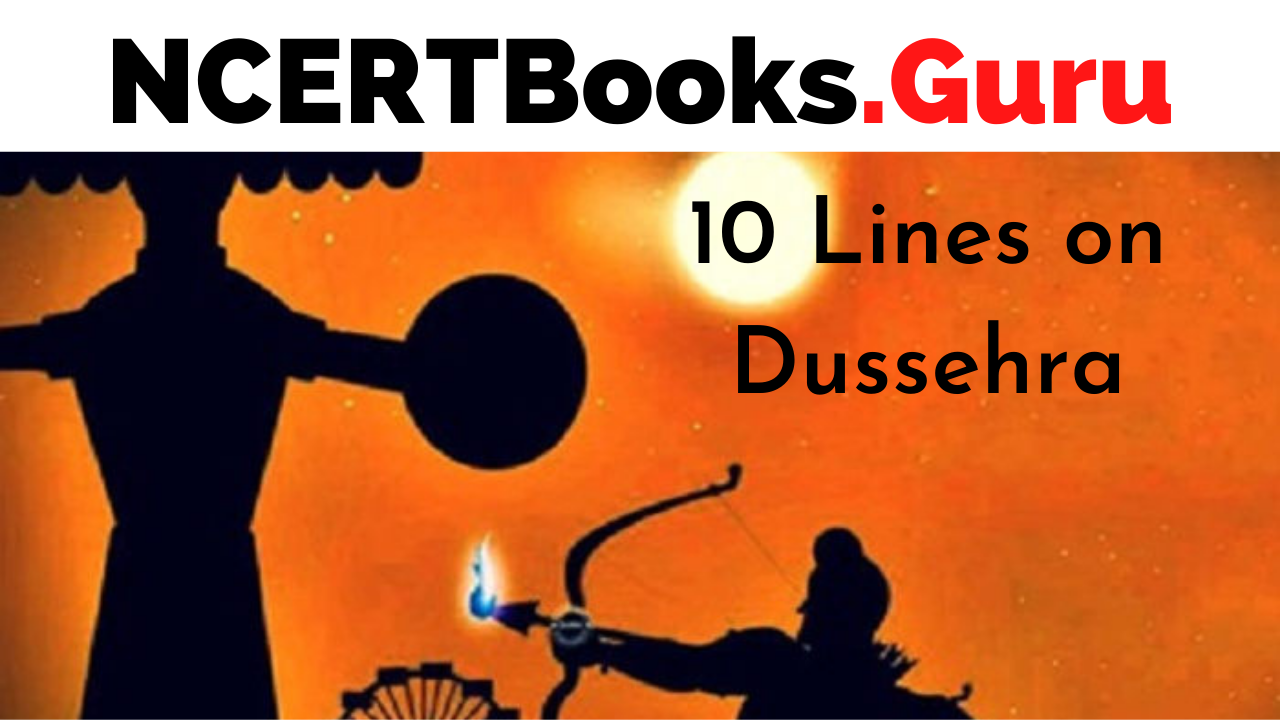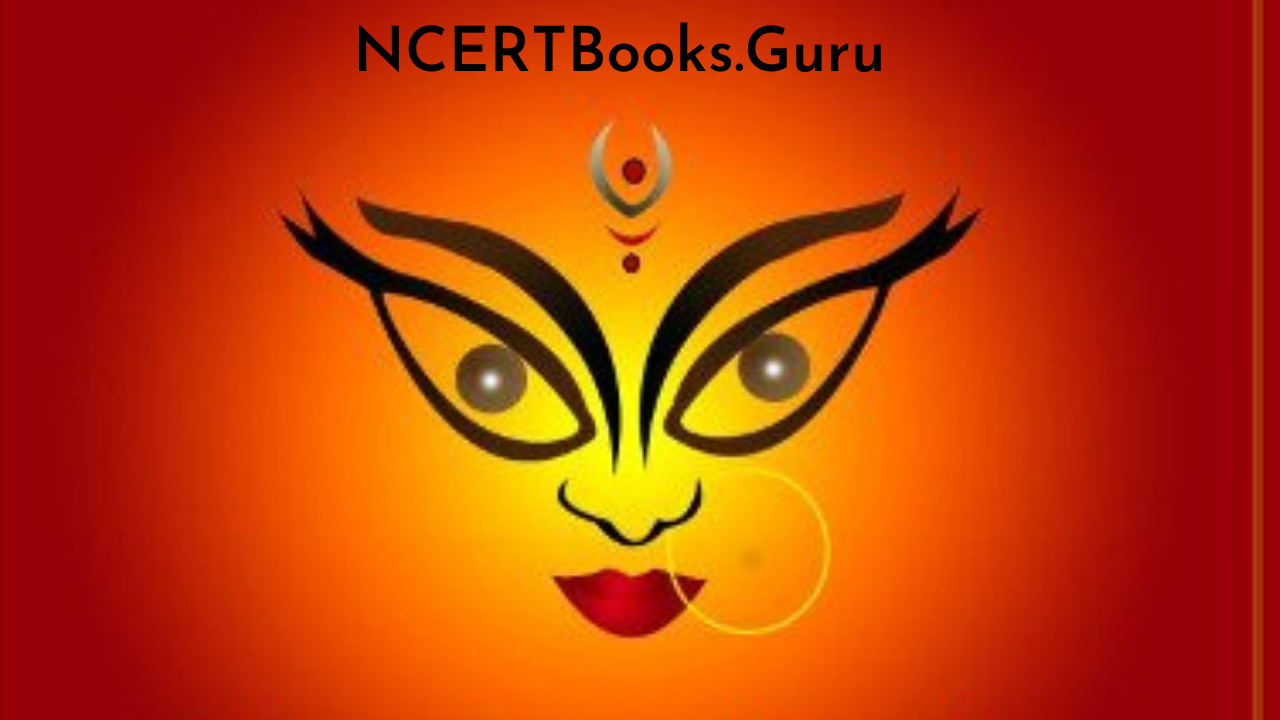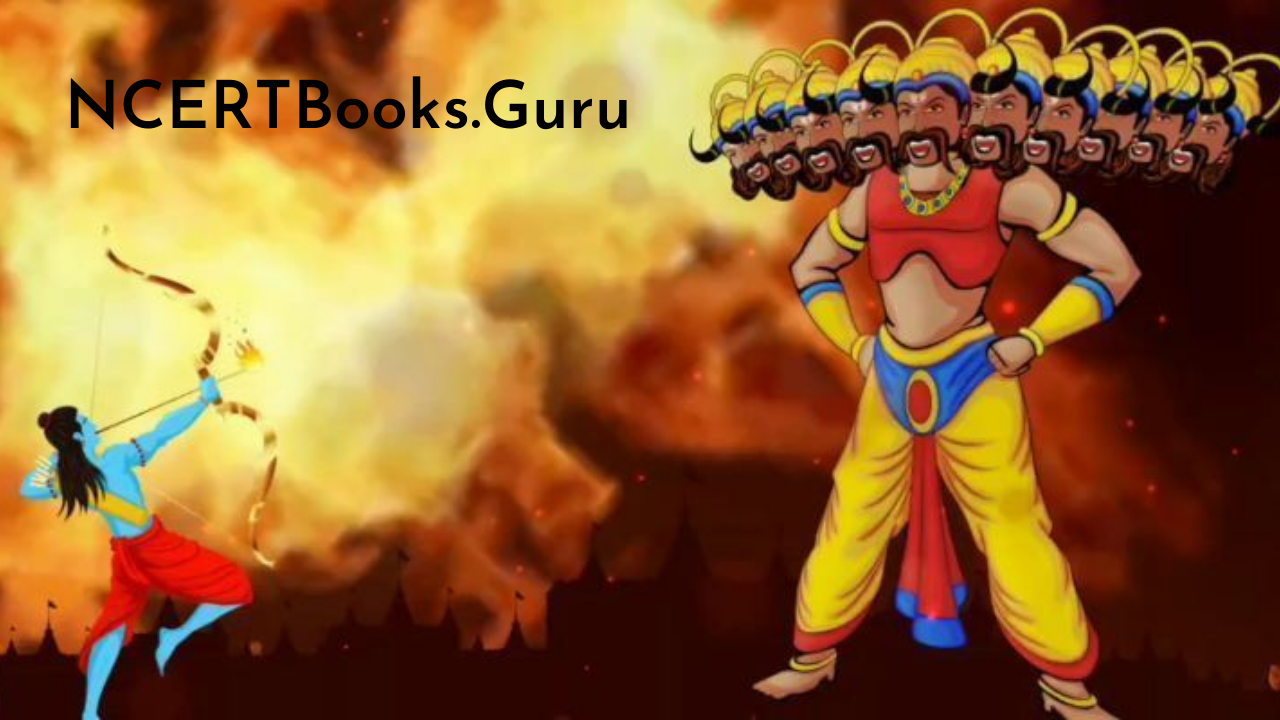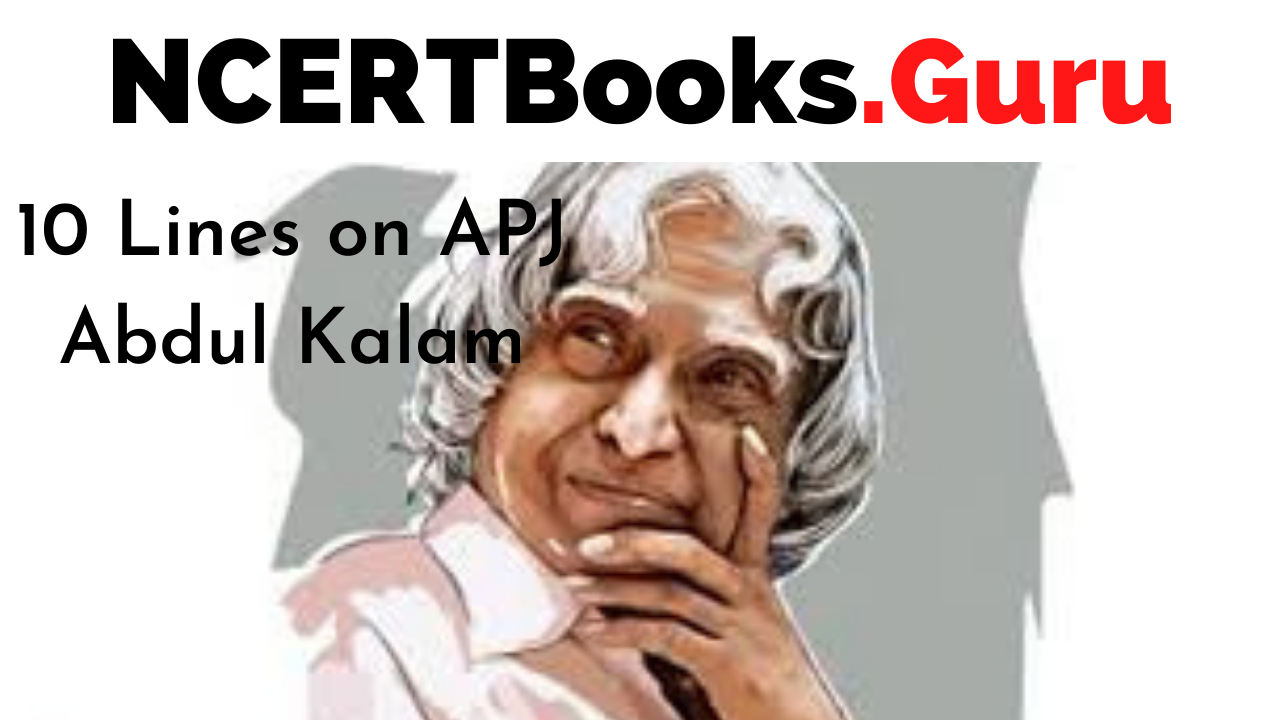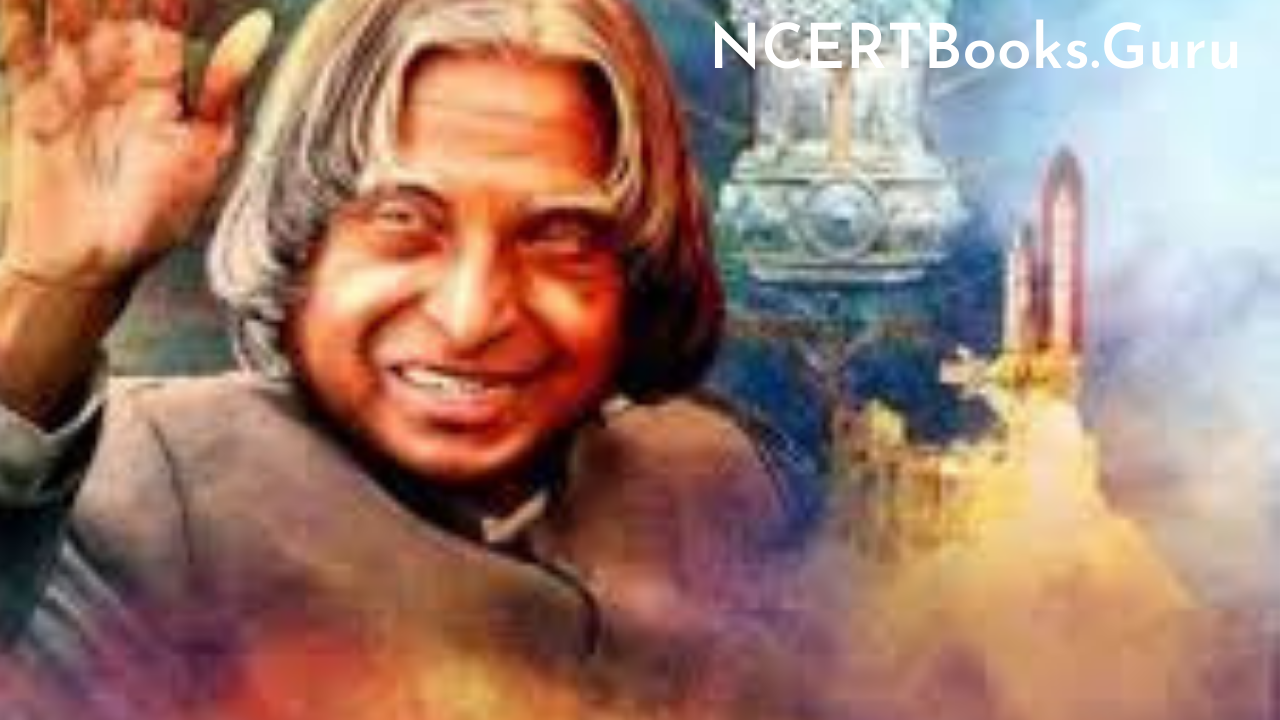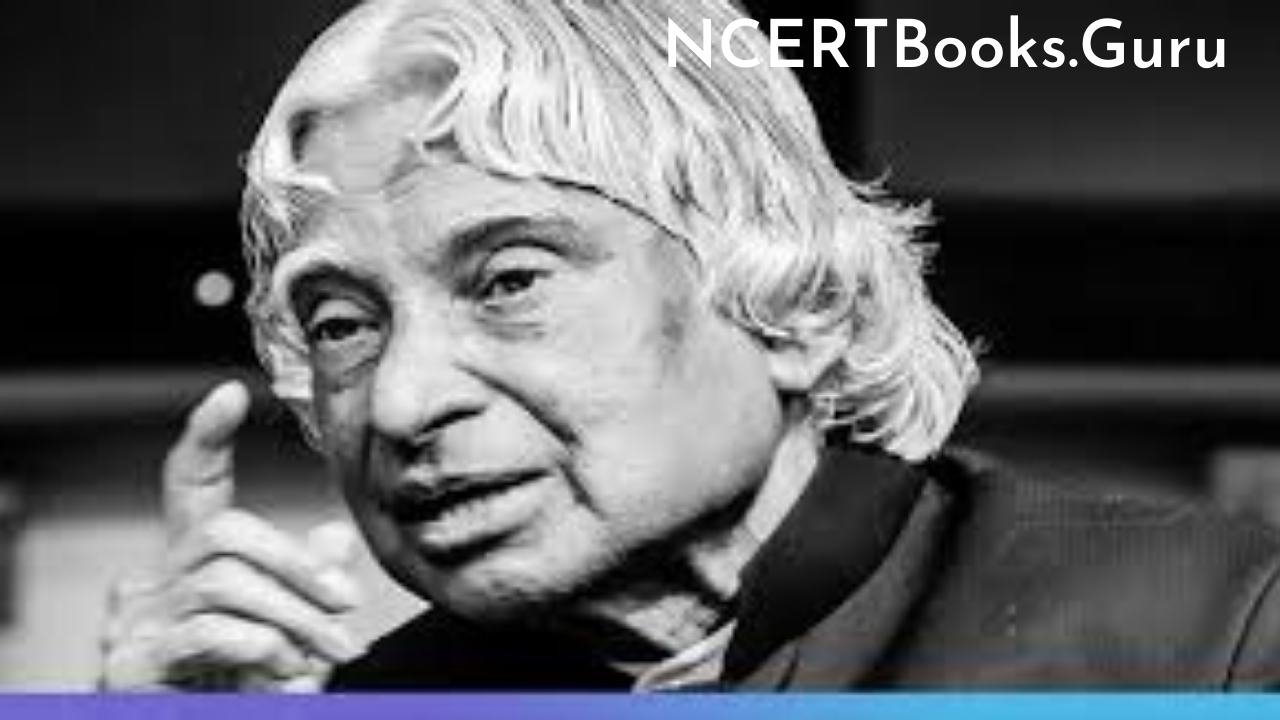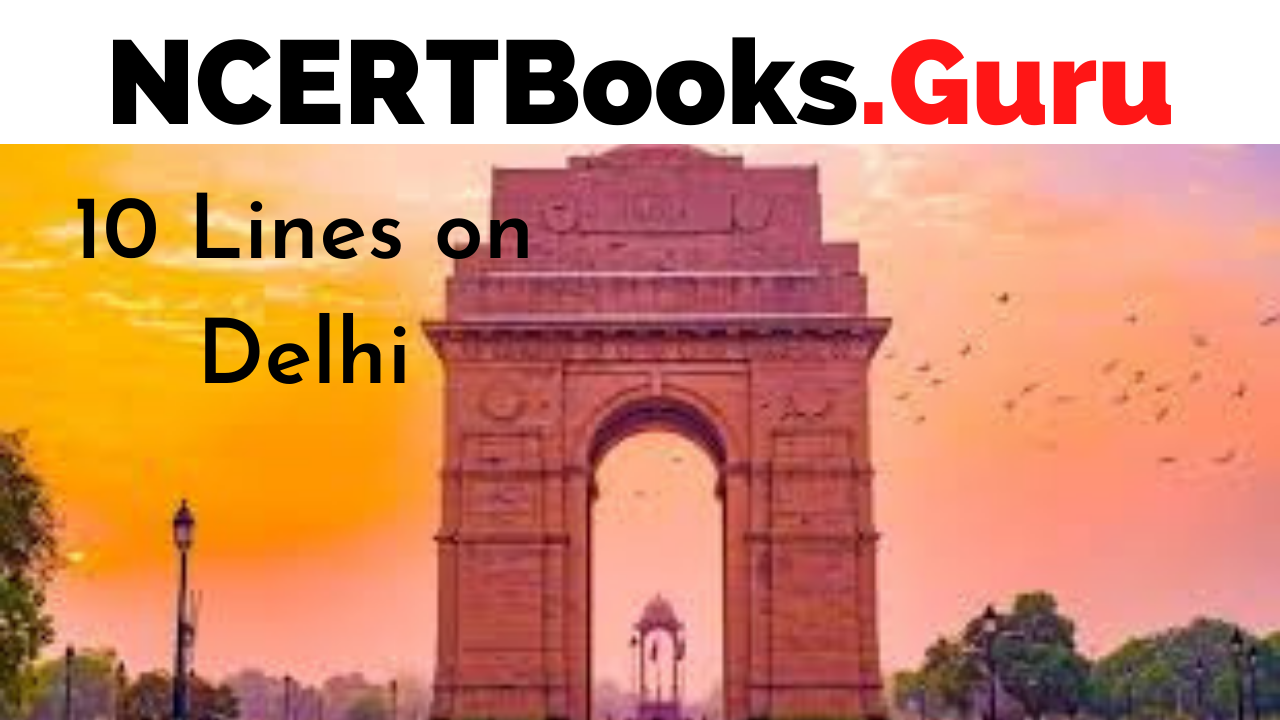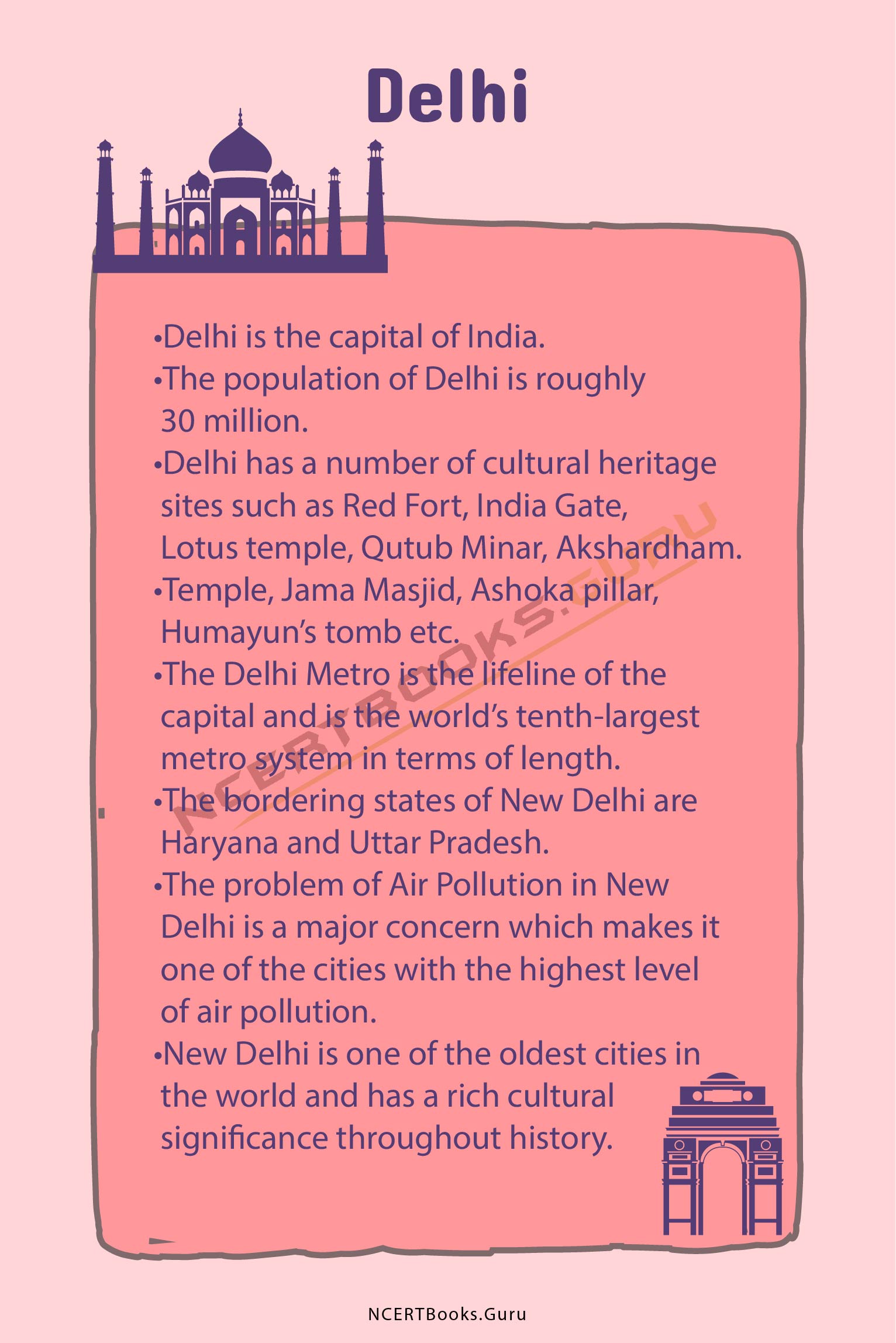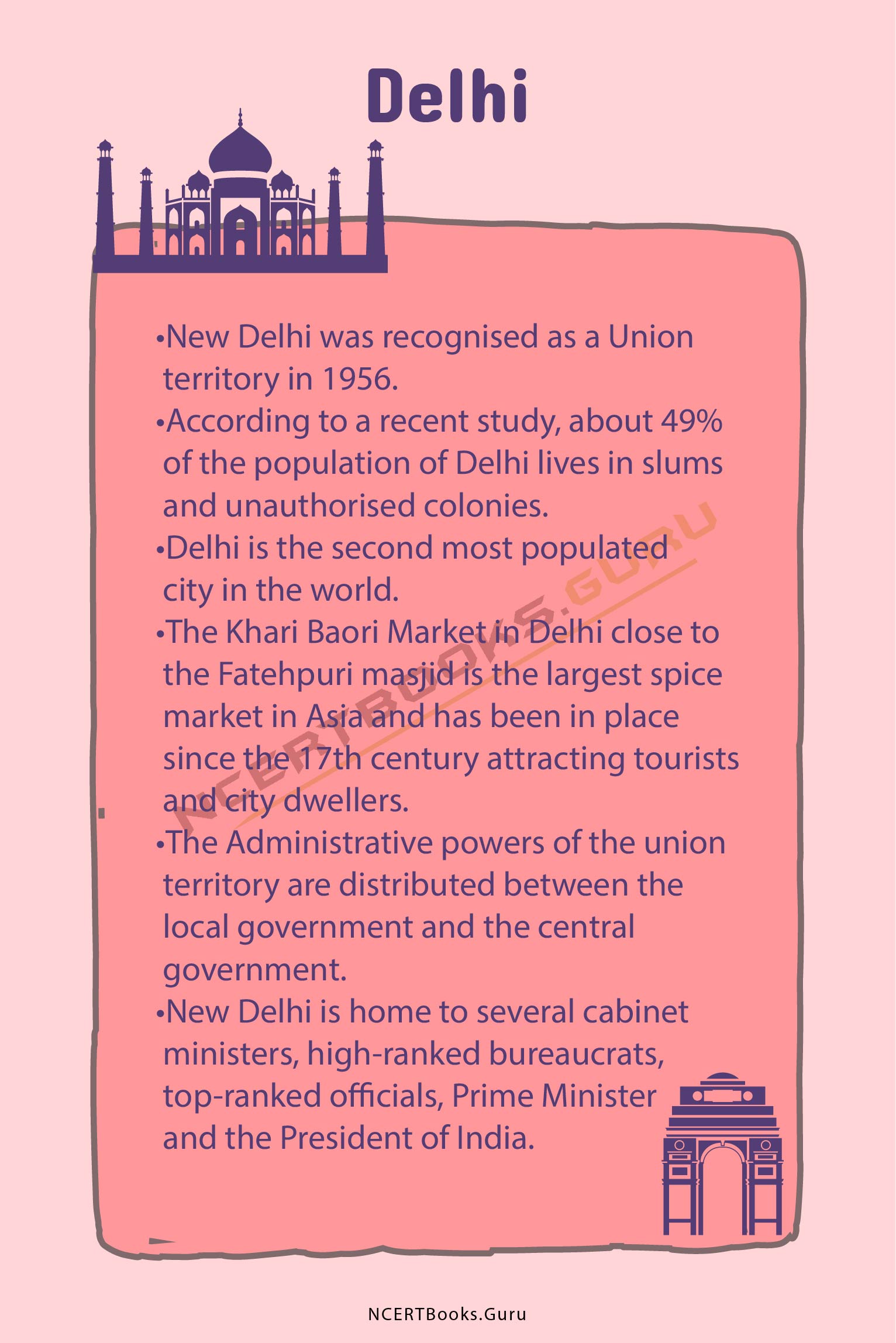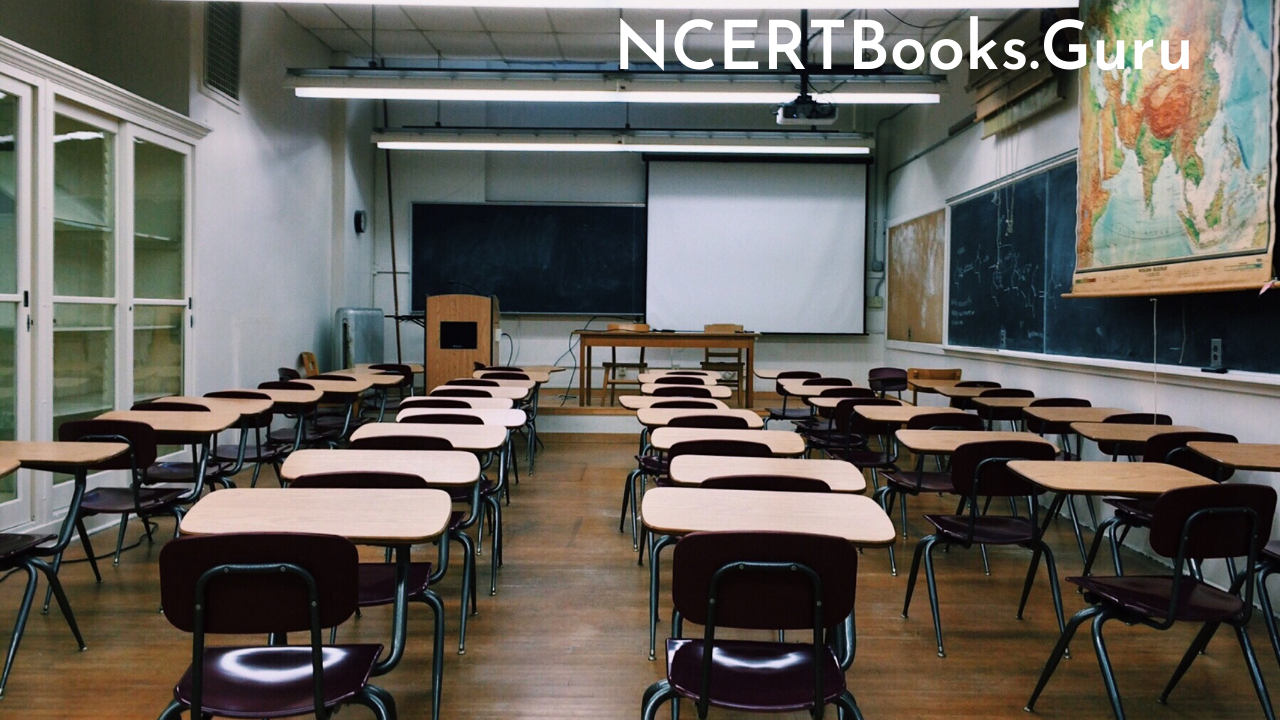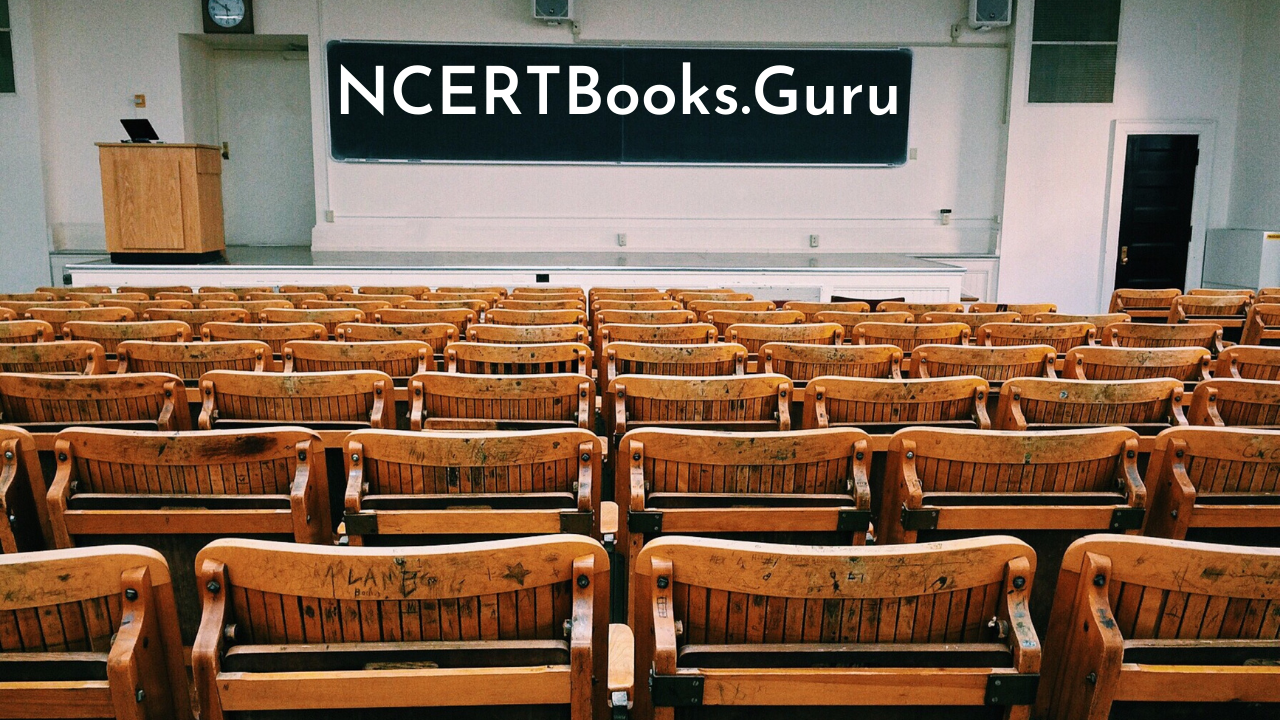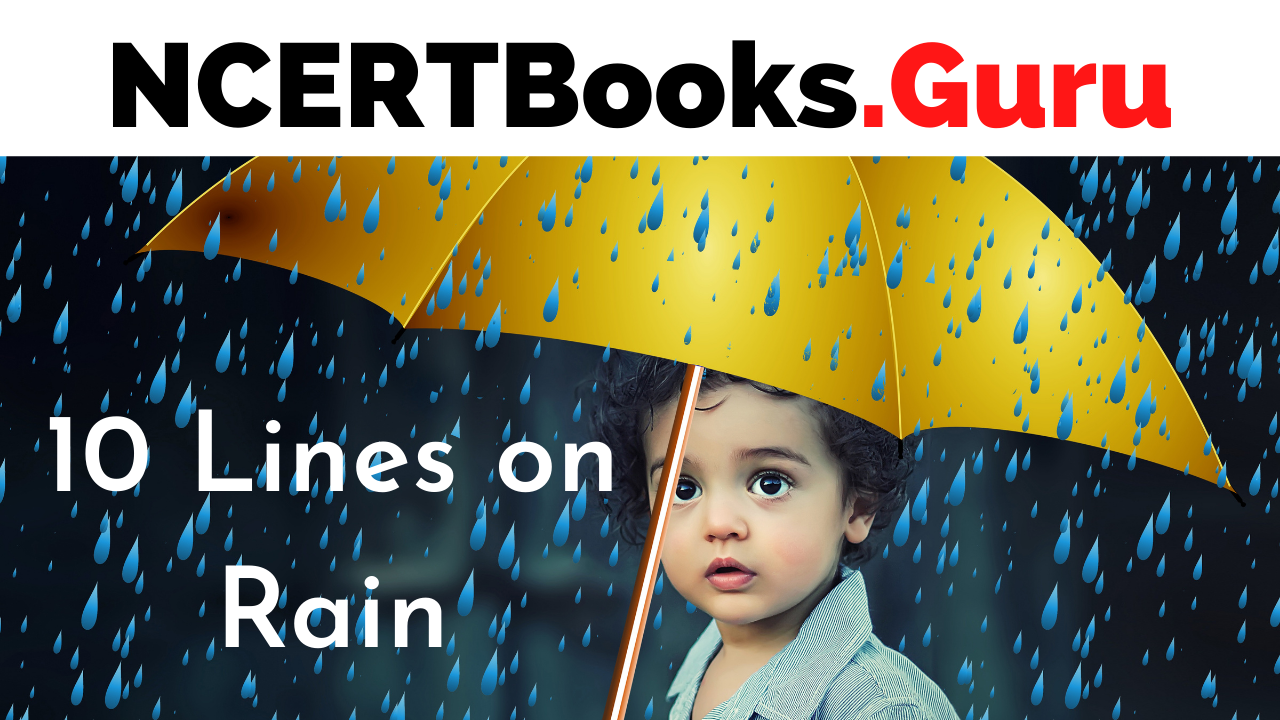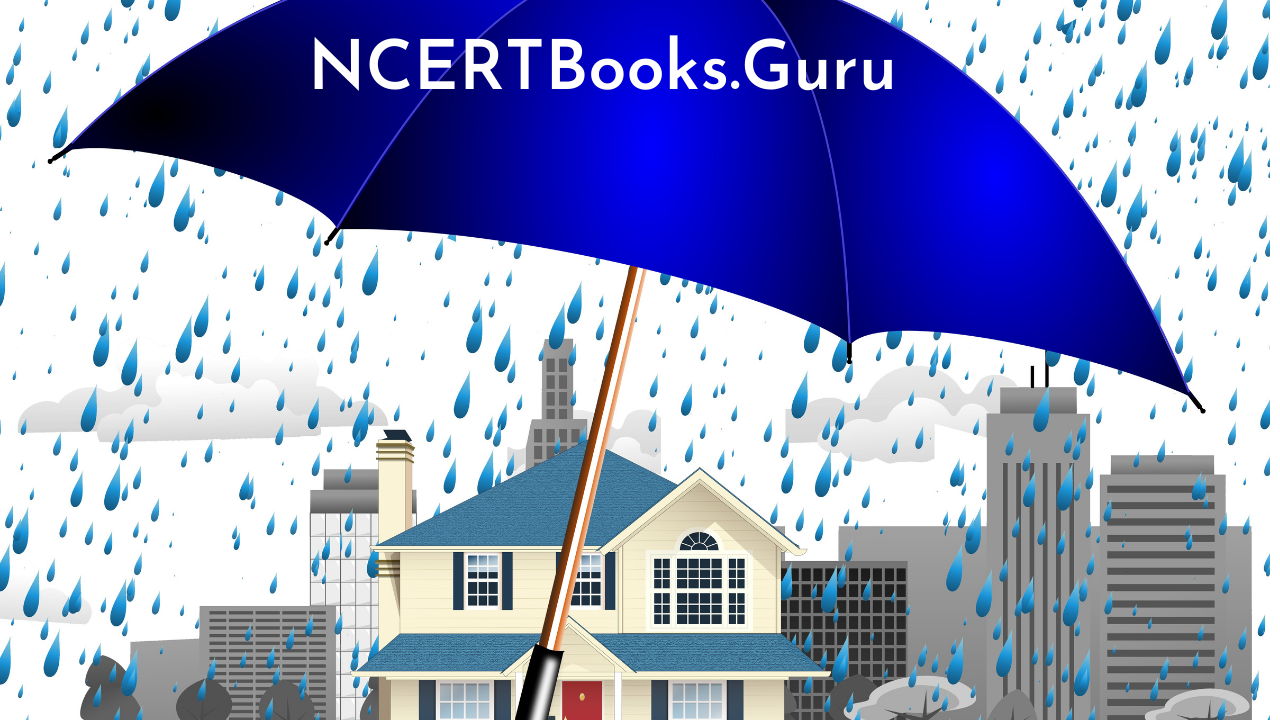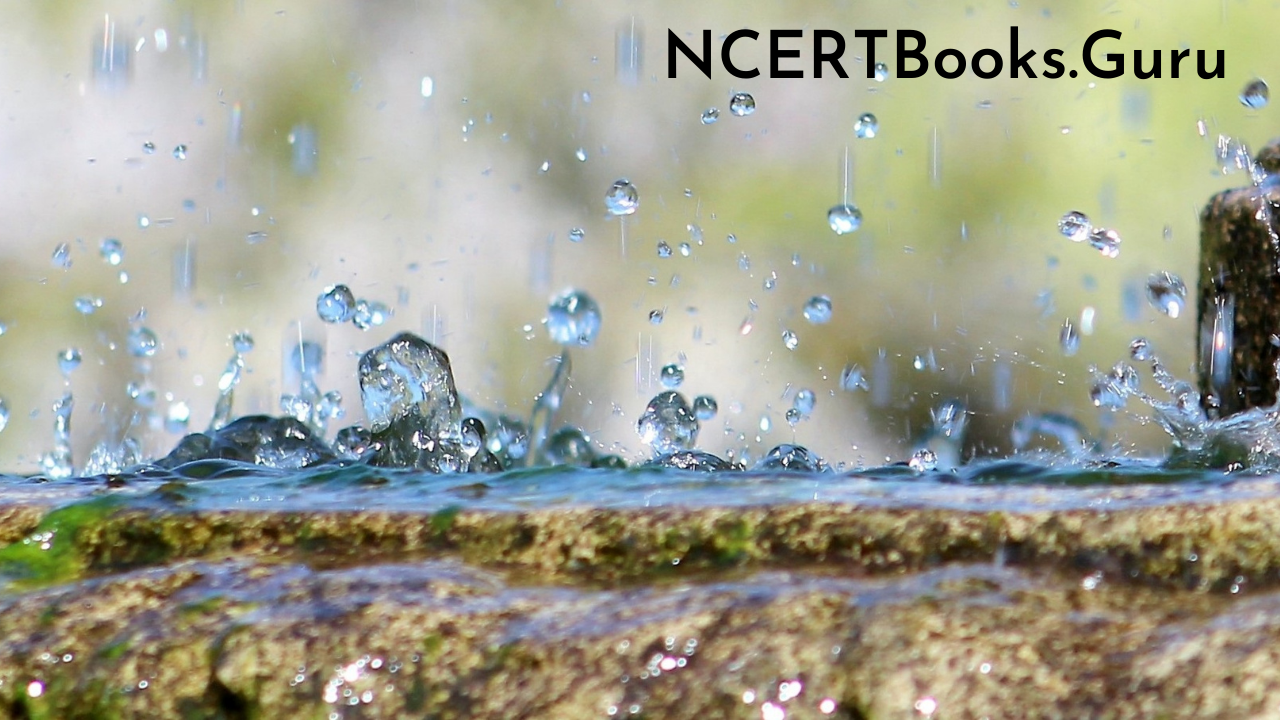10 Lines on Cinderella: Cinderella is a French girl and of mysteries that later are fruitfully rewarded with a fairy’s help. Cinderella’s story has too many French references and thus is considered a tale of French origin and originated in about 1st century BC. Even the nomenclature Cinderella has a French root word, Cendrillon, which means ‘little ash girl’ in English.
Enhance your vocabulary and writing skills with 10 Lines Essays available. Spark up the creativity in you and access various Topics on 10 Lines all in one place.
Set 1 – 10 Lines on Cinderella for kids
Set 1 is helpful for students of Classes 1, 2, 3, 4 and 5.
- Cinderella is a princess.
- She was born to 2 lovely parents.
- Her mother dies early, and her father remarries.
- But the stepmother and Cinderella’s two stepsisters treated her like a servant.
- Cinderella meets the Prince once in the forest.
- She goes to the royal ball ceremony with the fairy godmother’s help and dances with the prince.
- The carriage, driver, horse, dress, etc., were all magical and would have returned to normal just after the clock struck midnight.
- In a hurry to leave the palace before midnight, Cinderella forgets her slippers.
- The prince traces her back by those slippers and marries her.
- They live happily ever after.
Set 2 – 10 Lines on Cinderella for School Children
Set 2 is helpful for students of Classes 6, 7 and 8.
- Cinderella was the name of a common French girl who later married the Prince of the province, named Prince Charming or also referred to as Prince Charles.
- Her father was a tradesman and therefore had to live away from home for many months.
- Her mother died when she was young of a terminal illness.
- Her father later married another woman who became stepmother to Cinderella and had two daughters.
- The mother and the daughters mistreated Cinderella.
- They banished all the servants and made Cinderella work for them, wash their clothes, prepare food, run the groceries, etc.
- Once when Cinderella drove to the forest, she met with the Prince of the province, who readily became her friend.
- The Prince, wanting to marry Cinderella, announced a ball ceremony for all the state maidens.
- Cinderella went to the ceremony with the help of her fairy godmother, who gave her a magical dress, a carriage, carriage driver, carriage men, and horses along with a pair of magical slippers.
- Cinderella loses the slipper in a hurry, used by the Prince to trace her back and marry her. They lived happily ever after.
Set 3 – 10 Lines on Cinderella for Higher Class Students
Set 3 is helpful for students of Classes 9, 10, 11, 12 and Competitive Exams.
- Among other Disney princesses, Cinderella has been deemed the oldest of them all, aged 19 years. It has been cast both in animation and Hollywood movies and dubbed into several languages to date.
- Cinderella’s story has too many French references and thus is considered a tale of French origin and originated in about 1st century BC. Even the nomenclature Cinderella has a French root word, Cendrillon, which means ‘little ash girl’ in English.
- There are hypotheses about the stepsisters of Cinderella being pecked by birds and losing their eyes. There are also instances in few stories as they cut off a few inches of their soles and feet and fit into the glass slippers and be the heir to the kingdom.
- The nomenclature of Cinderella actually branches off from Ella. The girl in the story is actually named Ella, but later on, when she is smeared with cinders from the stove, her stepmother and stepsisters ridicule her with Cinderella’s name.
Cinderella is a brave yet kind girl who stays true to the promise she made to her dying mom. - In the end, still keeping the promise, she rejuvenates her kindness and forgives her stepsisters and stepmother when she leaves her home for good. She does not sow revenge and hatred for them in her heart.
- The fairy godmother is a reference to hope, which works wonders, a reference to self-sufficiency, which is to look for the best in what we possess rather than what we could have, a hint of belief in the good things in life.
- Cinderella’s classic tale is the best example of the fact that kindness and sweetness should not be confused with meekness; rather, they are the perimeters of bravery and the foundation of a brave heart.
- The story has many plot holes as per the readers and viewers, but there is enough explanation for each one of them.
- The severest loophole to date has been that when everything else vanishes, how the slipper does stay on. It was just a trick played by the fairy to save Cinderella from the tyranny of her stepmother.
- The story ends on a note to people that every night has sunshine as every sunshine sets in the twilight.
Frequently Asked Questions on Cinderella
Question 1.
Why did Cinderella’s slipper not change back when other things did after midnight?
Answer:
It was just a trick played by the fairy to save Cinderella from the tyranny of her stepmother.
Question 2.
What was the name of the stepmother of Cinderella?
Answer:
Name of Cinderella’s stepmother was Lady Tremaine.
